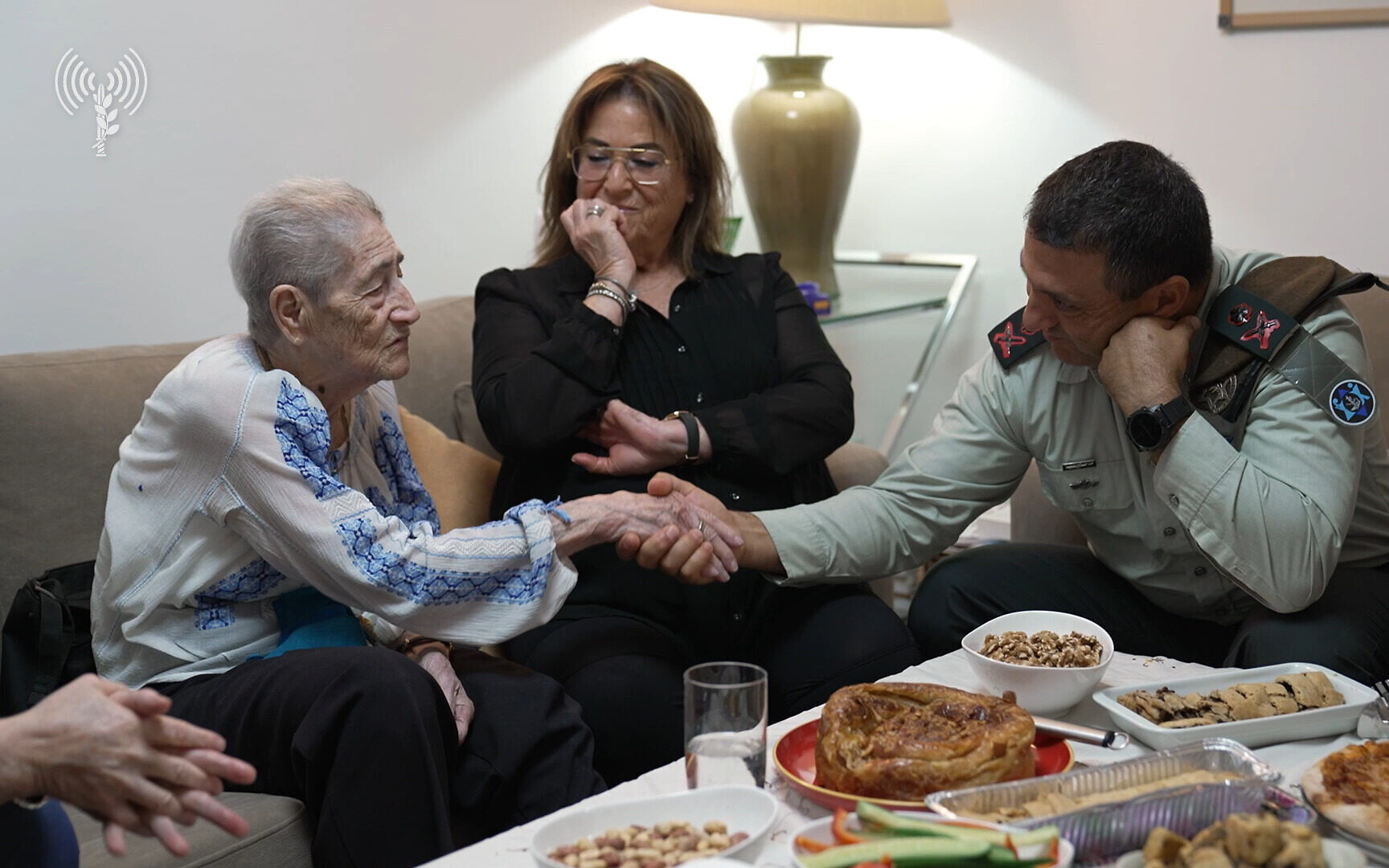The Israel Defense Forces announced on Sunday that it had identified the remains of a soldier killed fighting Arab forces during the War of Independence, 75 years after his death.
Dov (Berale) Broder, an armored vehicle driver, was among troops of the 33rd Battalion of the Alexandroni Brigade that set out to capture the Palestinian village of Kafr Saba (where the modern-day Israeli city of Kfar Saba is located) on May 13, 1948, one day before Israel declared independence, in order to strengthen the frontlines in the Qalqilya area.
At one point during the battle, known in Hebrew as Operation State, a large number of local Palestinian militants and members of the Arab Liberation Army were deployed to an area near a much smaller group of Israeli forces, who were no longer in sight with other IDF troops, leading commanders to order a retreat.
Broder’s force was ordered to drive out to notify the smaller group of soldiers of the retreat. During the mission, Broder’s armored vehicle was hit by shelling, killing him, though his body was never found.
As such, he was recognized as a fallen soldier whose remains were missing.
Get The Times of Israel's Daily Edition by email and never miss our top stories
In all, 29 soldiers were killed in the fighting, and the village was captured by Israeli forces.

File: The Alexandroni Brigade memorial in Kfar Saba, April 24, 2012. (Dr. Avishai Teicher/CC BY 2.5 via PikiWiki)
According to the IDF, following the May 1948 battles, an anonymous soldier was buried at the Segula Cemetery in Petah Tikva. Since 2006, the military has worked to identify the body, revealed on Sunday to be Broder.
The investigation included opening the grave to carry out genetic tests and an anthropological characterization of the remains; various engineering and ballistic research based on the events of the 1948 battle and their effects on the body; examining relevant documents from the state and IDF archives; and questioning witnesses, including from the battle.
The military said the anthropological findings supported the identification of the body being Broder.
An investigation into various documents and eyewitnesses found that an anonymous slain soldier was brought to the Beilinson Hospital in Petah Tikva, among other killed and wounded soldiers of the May 1948 battle.
The soldier was said to be wearing a gold ring, matching the description given by Broder’s wife. According to the IDF’s investigation, he was the only missing soldier from the battle to have been wearing a ring.

Batya Broder (left), the widow of Dov (Berale) Broder, a soldier whose remains were identified after 75 years, shakes hands with the head of the IDF Personnel Directorate, Maj. Gen. Yaniv Asor, September 30, 2023. (Israel Defense Forces)
The IDF said it also ruled out the possibility of the body at the Segula Cemetery being another soldier whose remains are still missing.
“From the findings that were revealed in the investigation over the years, it is possible to create an almost complete sequence from the late Dov’s enlistment as an armored driver, the course of the battle and the damage to the armored car, the evacuation to Beilinson Hospital and the burial in Segula,” the IDF said.
Members of Broder’s family, including his 95-year-old widow, Batya Broder, were updated Saturday evening on the findings by the head of the IDF Personnel Directorate, Maj. Gen. Yaniv Asor.
The IDF said that in the coming weeks, a ceremony would be held to reveal the headstone on the slain soldier’s grave, in which the name Dov (Berale) Broder would replace the “anonymous” inscription.
In October 2022, the IDF said it had identified the remains of two soldiers killed fighting Egyptian forces during the War of Independence.
With few exceptions, the military continues to search for the bodies of soldiers whose burial places are unknown, sometimes decades after their deaths.


